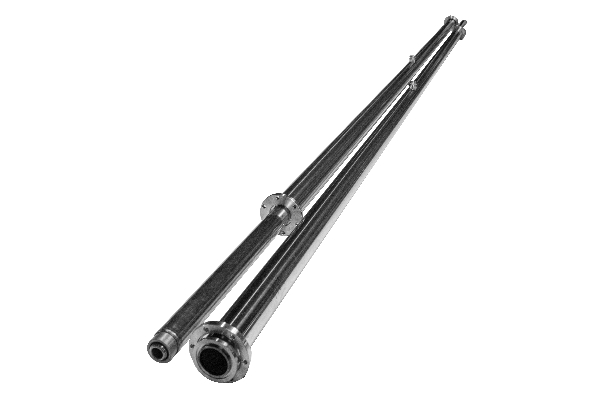Extreme weather really tests cryogenic infrastructure—especially systems that rely on Vacuum Insulated Pipes (VIPs), Vacuum Insulated Hoses (VIHs), Vacuum Insulated Valves, and Phase Separators. When temperatures swing wildly or storms hit hard, you need solid emergency plans. That’s how you keep things running, avoid damage, and make sure both your people and your equipment stay safe. Cryogenic setups react fast to any temperature change. Even a small hiccup can turn into a leak, a pressure problem, or a total loss of vacuum. So, you have to stay on top of things with constant monitoring and quick, planned responses. That’s what keeps Vacuum Insulated Pipe (VIP) systems working for the long haul.
Start with inspections. Before bad weather rolls in, operators need to check every Vacuum Insulated Pipe (VIP) and Vacuum Insulated Hoses(VIH). If you spot worn-out insulation, tiny leaks, or any damage, fix it right away. Don’t wait for things to get worse. Smart sensors and well-connected control systems—especially those linked to the Dynamic Vacuum Pump—let you keep an eye on pressure, flow, and temperature in real time. That data gives you a heads up if something’s about to go wrong, so you can jump in before a small issue becomes a disaster. Vacuum Insulated Valves and Phase Separators have to work perfectly, too. They control flow, keep the vacuum tight, and let you safely isolate the cryogenic fluids when needed. When you know how these parts behave in extreme weather, you make better decisions during an emergency.


Sometimes, when weather gets really rough, you’ll need to shut things down in a controlled way. That means closing off pipeline sections with the right valves, draining out cryogenic liquids safely, and stopping the vacuum pump as the manufacturer recommends. Done right, this prevents pressure spikes, backflow, or mechanical stress that could wreck your system. Of course, all of this only works if your team knows exactly what to do—everyone needs clear roles and fast ways to communicate.
Don’t forget the backup supplies. Keep extra Vacuum Insulated Hoses (VIHs), spare Vacuum Insulated Valves, and emergency repair kits on hand. When roads are blocked or deliveries are late because of a storm, you’ll be glad you planned ahead. Regular drills and written procedures get your team ready to handle emergencies fast, cut down on downtime, and keep both people and gear out of harm’s way. Over time, keep reviewing how your emergency plans actually worked—find the weak spots, make improvements, and make sure your Vacuum Insulated Pipe (VIP) systems stay tough under pressure.
Putting these protocols in place doesn’t just protect pipes and pumps—it keeps everything running, shields critical operations, and builds trust with clients who depend on your service. Combine preventive checks, live monitoring, smart shutdowns, and ready-to-go repair resources, and you’ll keep your cryogenic facility operating at a high level—even when the weather’s at its worst. Planning ahead and acting fast aren’t just good practice—they’re what set reliable operations apart when extreme conditions hit.


Post time: Oct-22-2025






